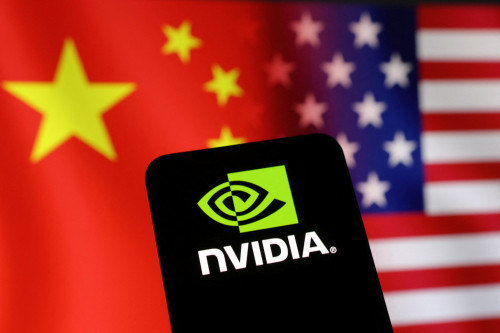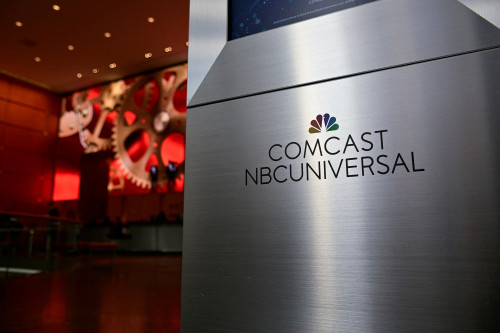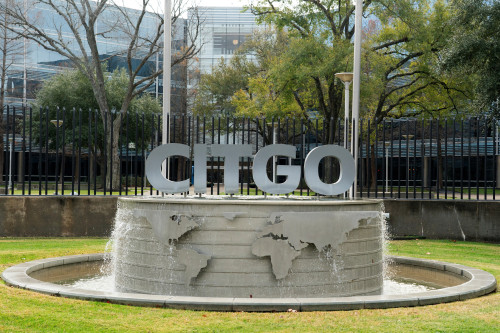By Arsheeya Bajwa
(Reuters) – Nvidia investors will look for definitive answers on how much U.S. chip curbs on China will cost the company when it reports results on Wednesday, even as a pullback in other regulations is expected to open up new markets.
In a fresh effort to stymie Beijing’s access to cutting-edge technology, the Trump administration last month put export limits on Nvidia’s H20 chip – a move the company said would result in $5.5 billion in charges.
CEO Jensen Huang, who pegged the market for AI chips in China at roughly $50 billion next year, said last week Nvidia had walked away from $15 billion of sales in the country after the curbs.
Nvidia does not break out sales for the H20, the only AI chip it was allowed to sell to China, a market which accounted for 13% of its revenue last year.
“The primary question around results and guidance is can Nvidia lift sales enough to offset the loss of H20 or China business,” Wedbush analysts said ahead of the earnings report.
While sources have told Reuters that company is planning to launch a new AI chipset for China based on Nvidia’s latest generation Blackwell architecture, the uncertainty of losing its China business has dented its stock.
The stock has already been under pressure from concerns about mounting AI infrastructure costs. It was down 2% this year, a far cry from their nearly three-fold gain last year.
“China will probably be the biggest swing factor for Nvidia’s quarter,” said D.A. Davidson analyst Gil Luria.
The company is expected to report that first-quarter revenue surged 66.2% to $43.28 billion, according to data compiled by LSEG.
Susquehanna analysts estimated the restrictions impacted the last three weeks of the April quarter, costing Nvidia about $1 billion in sales.
For the rest of the year, lost revenue could amount to as much as $4.5 billion per quarter, they said. Wedbush estimated the quarterly hit at $3 billion to $4 billion.
Adjusted gross margin is expected to drop more than 11 percentage points to 67.7%. The write-downs related to H20 shipments could translate to a gross margin hit of up to 12.5%, Wedbush said.
Nvidia CEO Huang recently called U.S. semiconductor curbs on China “a failure,” saying they have only pushed Chinese rivals such as Huawei to speed up development of homegrown chips.
NEW REGIONS
Washington, however, has said it is going to modify a Biden-era export curb called the AI diffusion rule that sought to curb exports of sophisticated AI chips by dividing the world into three tiers, with China blocked entirely.
This easing could open up new geographies of growth for Nvidia including the Middle East, though analysts say the region’s revenue contribution in the near term will be small.
As part of U.S. President Donald Trump’s trade deals with some Gulf countries, Nvidia has said it would sell hundreds of thousands of AI chips to Saudi Arabia, including 18,000 of its latest “Blackwell” chips to a startup owned by the country’s sovereign wealth fund.
After months of worries that investment in AI from large cloud providers was stalling, Nvidia investors have found confidence in pledges from companies including Alphabet’s Google to keep spending.
Still, the quarters of blowout beats may be over for the company. In its last fiscal year, Nvidia beat Wall Street’s quarterly revenue estimates by 4.9% on average. It delivered quarterly sales that was 12.5% above estimates in the fiscal year preceding that.
“I don’t think investors expectations are very high as we go into it (results),” said Ivana Delevska, chief investment officer of Spear Invest, which holds Nvidia shares in an actively managed exchange-traded fund.
(Reporting by Arsheeya Bajwa in Bengaluru; Editing by Sayantani Ghosh)






